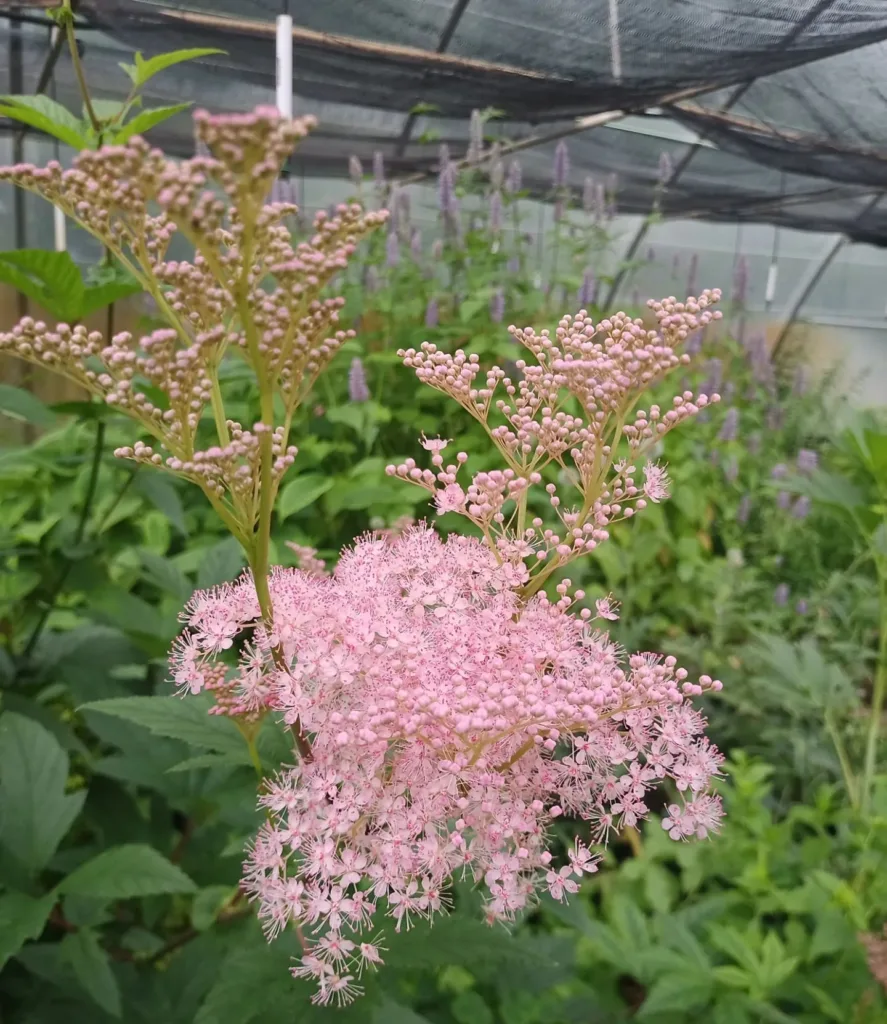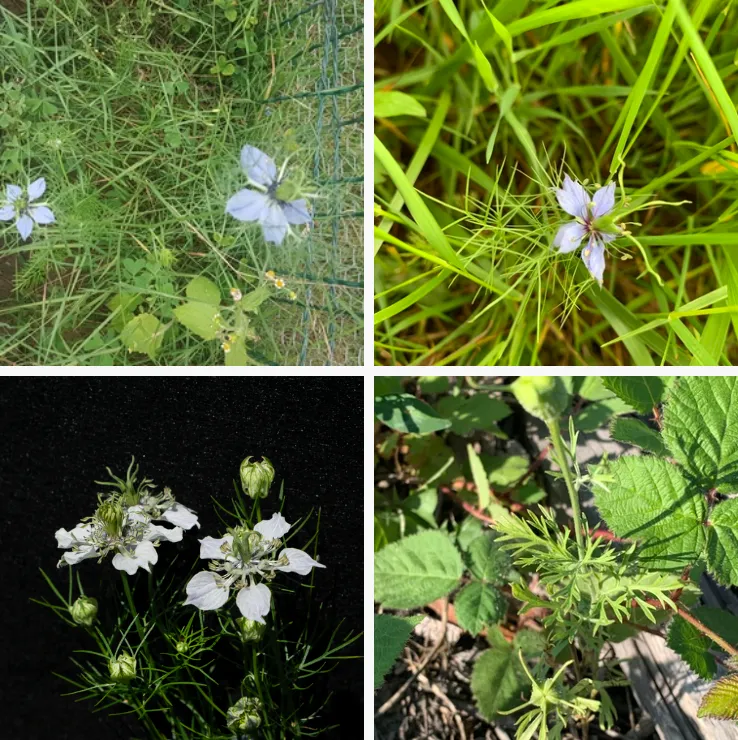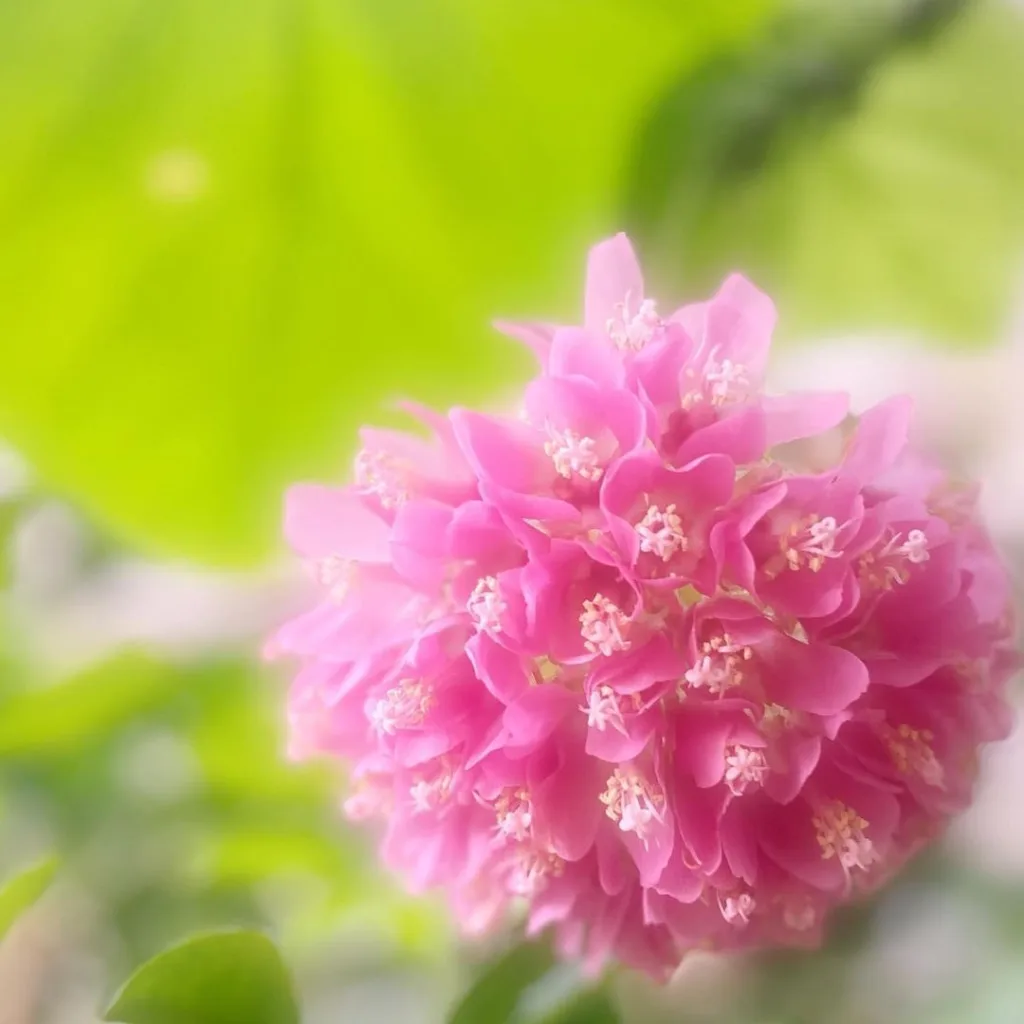FAQs about Glandularia Bipinnatifida
As a plant enthusiast, I often get questions about Glandularia Bipinnatifida, a delightful and versatile plant that’s worth exploring. Whether you’re considering adding it to your garden or just curious about its care, here’s a comprehensive guide to answer some frequently asked questions.
What is Glandularia Bipinnatifida?
Glandularia Bipinnatifida, a synonym of Verbena Bipinnatifida, commonly known as the Prairie Verbena or False Verbena, is a perennial plant renowned for its vibrant blooms and sprawling growth habit. It belongs to the Verbenaceae family and is native to South America. With its fern-like leaves and small, clustered flowers in shades of pink, purple, and white, it’s a fantastic addition to hanging baskets, container gardens, and ground covers.
165 Species in Genus Verbena
How to Care for Glandularia Bipinnatifida?
Caring for Glandularia Bipinnatifida is relatively straightforward. Here are some key care tips:
- Sunlight: It thrives in full sun to partial shade. Aim for at least 6 hours of sunlight per day for the best flowering.
- Soil: It prefers well-draining soil. A mix of potting soil with sand or perlite works well to ensure proper drainage.
- Watering: Water regularly, but let the soil dry out between watering. Overwatering can lead to root rot.
- Fertilizing: Feed with a balanced fertilizer every 4-6 weeks during the growing season to promote lush growth and abundant blooms.
- Pruning: Regular deadheading and light pruning will encourage continuous blooming and maintain a tidy appearance.
How to Propagate Glandularia Bipinnatifida?
Propagating Glandularia Bipinnatifida is relatively easy. You can use either seeds or cuttings:
- Seeds: Start seeds indoors 6-8 weeks before the last frost. Sow seeds on the surface of a seed-starting mix and lightly press them in. Keep the soil moist and warm until germination, which usually takes 10-15 days.
- Cuttings: Take 4-6 inch cuttings from healthy plants. Remove the lower leaves and dip the cut end in rooting hormone. Plant the cuttings in a mix of perlite and peat, keep them moist, and cover with a plastic bag to retain humidity until roots form.
What to Plant with Glandularia Bipinnatifida?
Glandularia Bipinnatifida pairs well with various companion plants. Here are a few suggestions:
- Petunias: Their vibrant colors complement the blooms of Glandularia.
- Lobelia: Adds a cascading effect and contrasts nicely with the Verbena’s flowers.
- Salvia: Provides height and additional color variation in your garden.
- Calibrachoa: Similar growing conditions make it a good match for container plantings.
Can You Grow Glandularia Bipinnatifida Indoors?
While Glandularia Bipinnatifida prefers outdoor conditions, it can be grown indoors with proper care. Ensure it gets plenty of light, ideally from a south-facing window. Use a well-draining potting mix and be cautious of overwatering. Indoor plants might not flower as profusely as those grown outdoors but can still be a charming addition to your home.
Is Glandularia Bipinnatifida Toxic?
Glandularia Bipinnatifida is not known to be toxic to humans or pets. This makes it a safe choice for households with children and animals.
Is Prairie Verbena Edible?
One of the first questions that came to my mind when I started learning about Prairie Verbena was whether it was edible. The answer is yes, but with some caution. Prairie Verbena has been used in traditional medicine and herbal remedies by various Native American tribes. The leaves and flowers can be brewed into a tea that is believed to have mild sedative and anti-inflammatory properties.
However, it’s important to note that Prairie Verbena should be consumed in moderation, and it’s always best to consult with a knowledgeable herbalist or healthcare provider before adding any wild plants to your diet. While it’s not typically used as a food source, its medicinal applications are quite fascinating.
How to Collect Prairie Verbena Seed?
Collecting seeds from Prairie Verbena is a rewarding process that ensures you can enjoy these beautiful plants year after year. Here’s how I do it:
- Wait for the Right Time: Seed pods form after the flowers have bloomed and withered. It’s crucial to wait until the pods are dry and brown before harvesting.
- Gently Collect the Seeds: Once the seed pods are ready, gently snip them off the plant and place them in a paper bag. Avoid using plastic bags as they can retain moisture, which might cause the seeds to mold.
- Extract the Seeds: After collecting, allow the pods to dry for a few days in a cool, dry place. Once they are completely dry, gently crush the pods to release the tiny seeds.
- Store Properly: Store the seeds in a cool, dry place in a paper envelope or a glass jar until you’re ready to plant them.
When to Plant Prairie Verbena?
Timing is everything when it comes to planting Prairie Verbena. The best time to plant these lovely perennials depends on your climate and growing conditions. In general, the ideal time to plant Prairie Verbena is in the early spring or fall.
In spring, plant them after the last frost date to give them a full growing season to establish their roots. In the fall, aim to plant them at least six weeks before the first expected frost. This allows the roots to establish before the plant goes dormant for the winter.
When to Sow Prairie Verbena Seeds?
Sowing Prairie Verbena seeds can be done either directly in the garden or started indoors. Here’s what I’ve found works best:
Direct Sowing
- Spring: Sow seeds directly in the garden after the danger of frost has passed. Lightly rake the soil and scatter the seeds on the surface. Gently press them into the soil, but do not cover them completely as they need light to germinate.
- Fall: Sow seeds in late fall, just before the ground freezes. This method allows the seeds to undergo natural stratification over the winter, leading to better germination rates in the spring.
Starting Indoors
- Late Winter: Start seeds indoors about 8-10 weeks before the last expected frost date. Use a seed tray filled with a light, well-draining potting mix. Keep the soil moist and provide plenty of light. Once the seedlings are strong enough and the outdoor conditions are favorable, transplant them into the garden.
Common Problems with Glandularia Bipinnatifida
Like any plant, Glandularia Bipinnatifida can face a few issues:
- Powdery Mildew: This fungal disease appears as a white, powdery substance on leaves. Improve air circulation and avoid overhead watering to prevent it.
- Root Rot: Caused by overwatering or poor drainage. Ensure soil dries out between waterings and use well-draining soil.
- Pests: Watch out for aphids and spider mites. Insecticidal soap or neem oil can help manage these pests.
Glandularia Bipinnatifida vs. Glandularia Canadensis
When comparing Glandularia Bipinnatifida to Glandularia Canadensis, several differences stand out:
- Appearance: Glandularia Bipinnatifida has finely divided leaves and small, clustered flowers, while Glandularia Canadensis typically has larger, more rounded leaves and blooms that can be slightly larger.
- Growth Habit: Glandularia Bipinnatifida is more trailing and spreading, making it ideal for hanging baskets. Glandularia Canadensis tends to be more upright and bushy.
- Climate Adaptability: Both plants are versatile, but Glandularia Bipinnatifida is often more tolerant of varying conditions, including drought.
Do Glandularia Bipinnatifida Close Up at Night?
Glandularia Bipinnatifida does not close up at night. Unlike some flowers that open and close based on light, Glandularia Bipinnatifida’s flowers remain open around the clock, showcasing their beauty both day and night.
In summary, Glandularia Bipinnatifida is a resilient and attractive plant that can enhance various garden settings. Whether you’re planting it outdoors or considering it for an indoor space, proper care and attention will help it thrive. If you’re comparing it with similar plants like Glandularia Canadensis or others, understanding these differences can guide you in making the best choice for your garden or home.




